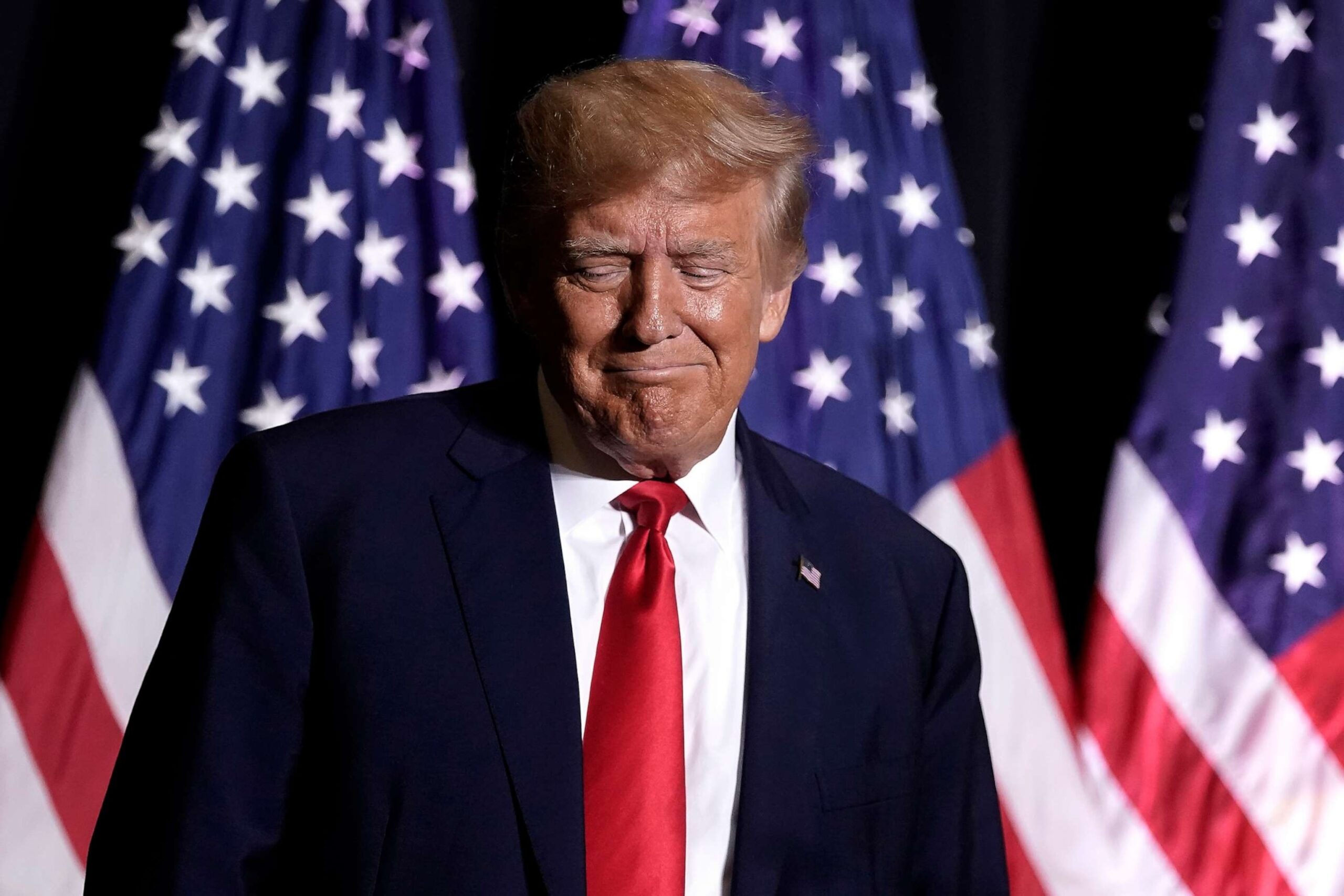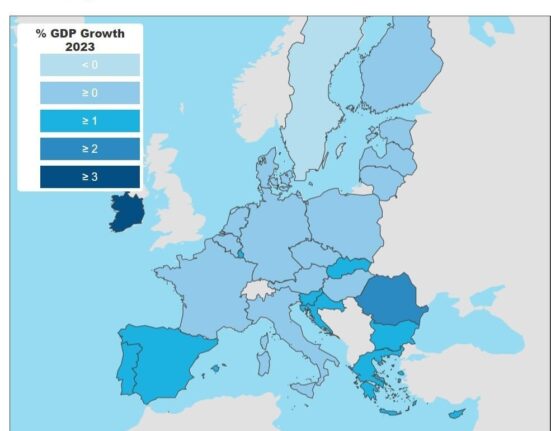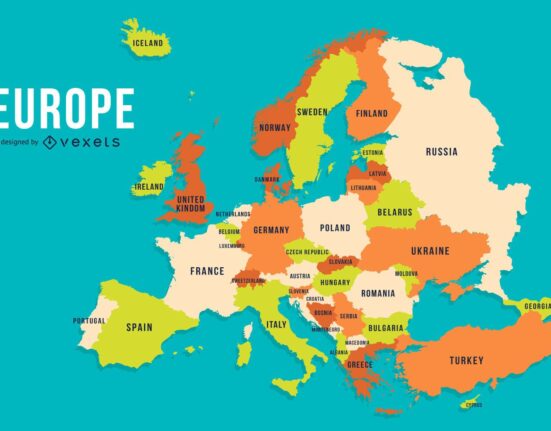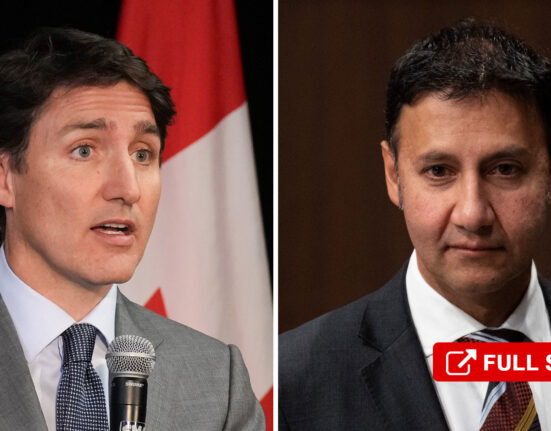President Donald Trump’s new tariff policies have been a hot topic of discussion lately, especially after a recent analysis by Yale University shed light on how these tariffs could potentially impact U.S. households. The findings suggest that if the new tariffs on copper and foreign goods come into effect and remain in place, American households could end up shelling out an additional $2,400 this year alone.
Imagine what an extra $2,400 could do for your family—perhaps a dream vacation or much-needed home improvements? Unfortunately, it seems like these ambitious plans might have to be put on hold if these tariffs take effect.
The updated analysis from Yale’s Budget Lab takes into consideration all tariff announcements up to date. This includes not only new tariff rates imposed on countries like Brazil, Japan, and South Korea but also the planned 50% tariff on copper imports. These combined tariffs would result in an 18% effective rate for U.S. consumers—the highest since 1934.
“The overall impact of Trump’s various tariffs is projected to cause a 1.8% increase in prices for American consumers,”
shared one of the researchers involved in the analysis. This price hike translates to an average U.S. household losing $2,400 in 2025 due to increased costs across various sectors.
But wait—there’s more! The repercussions don’t stop at higher prices for consumers; experts predict a potential 0.4% rise in unemployment rates and a 0.7% drop in the U.S. GDP this year alone if these tariffs are implemented and kept intact. In fact, maintaining these tariffs could lead to a consistent 0.4% reduction in GDP annually—an estimated loss of around $110 billion each year.
While some sectors like construction and agriculture are expected to bear the brunt of these tariffs negatively, there is a silver lining projected for U.S. manufacturing—a potential boost of about 2%.
Despite the gloomy outlook painted by this analysis, there seems to be hope—or rather uncertainty—about how Trump’s tariff strategy will unfold moving forward.
“It’s hard to predict what Trump’s next move will be when it comes to tariffs,”
remarked one expert familiar with trade policies “TACO Trump,” as some call him due to his wavering decisions on imposing tariffs has kept everyone guessing.”
As we eagerly await further developments regarding these tariffs amidst ongoing negotiations with foreign countries, one can’t help but wonder which products will feel the biggest pinch from these policy changes.
According to Yale’s analysis, clothing, textiles, shoes are likely candidates for significant price hikes under Trump’s tariff regime—projected increases ranging from short-term spikes of up to 43%. Similarly impacted are metals, leather goods as well as electrical equipment with expected short-term price jumps between 26-43%.
Even groceries won’t escape unscathed should these tariffs kick-in; vegetables, fruits & nuts might see prices climb by up to six percent while Brazilian imports such as coffee & orange juice may face specific cost escalations due to targeted levies.
Stepping away from consumer impacts into business territory reveals another layer of concern over rising costs due to anticipated price hikes stemming from Trump’s tariffs according KPMG survey results
In parallel events last month saw large companies bracing themselves – already feeling squeezed margins – eyeing future price adjustments given current conditions reflecting broader industry sentiment
The enormous revenue projection worth $2…trillion between ’26-’35 generated through existing announced tarifs forms yet another critical part within this complex economic scenario
Despite current reassurances around inflation data pointing otherwise experts express cautious optimism urging vigilance.
In conclusion,
Trump’s unpredictable nature makes foreseeing his next move challenging raising uncertainties among economic circles
Amidst all this ambiguity lies complexity magnified by contrast between industrial landscapes reeling under pressure struggling adapt changing paradigms set forth shifting global dynamics unprecedented scales impacting livelihoods beyond immediate users
The fallout remains unclear until final terms resolve end upcoming month leading analysts ponder implications lasting consequences reshaping macroeconomic landscapes heading towards uncertain futures









Leave feedback about this